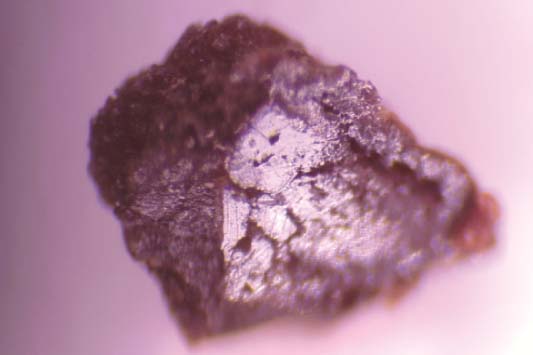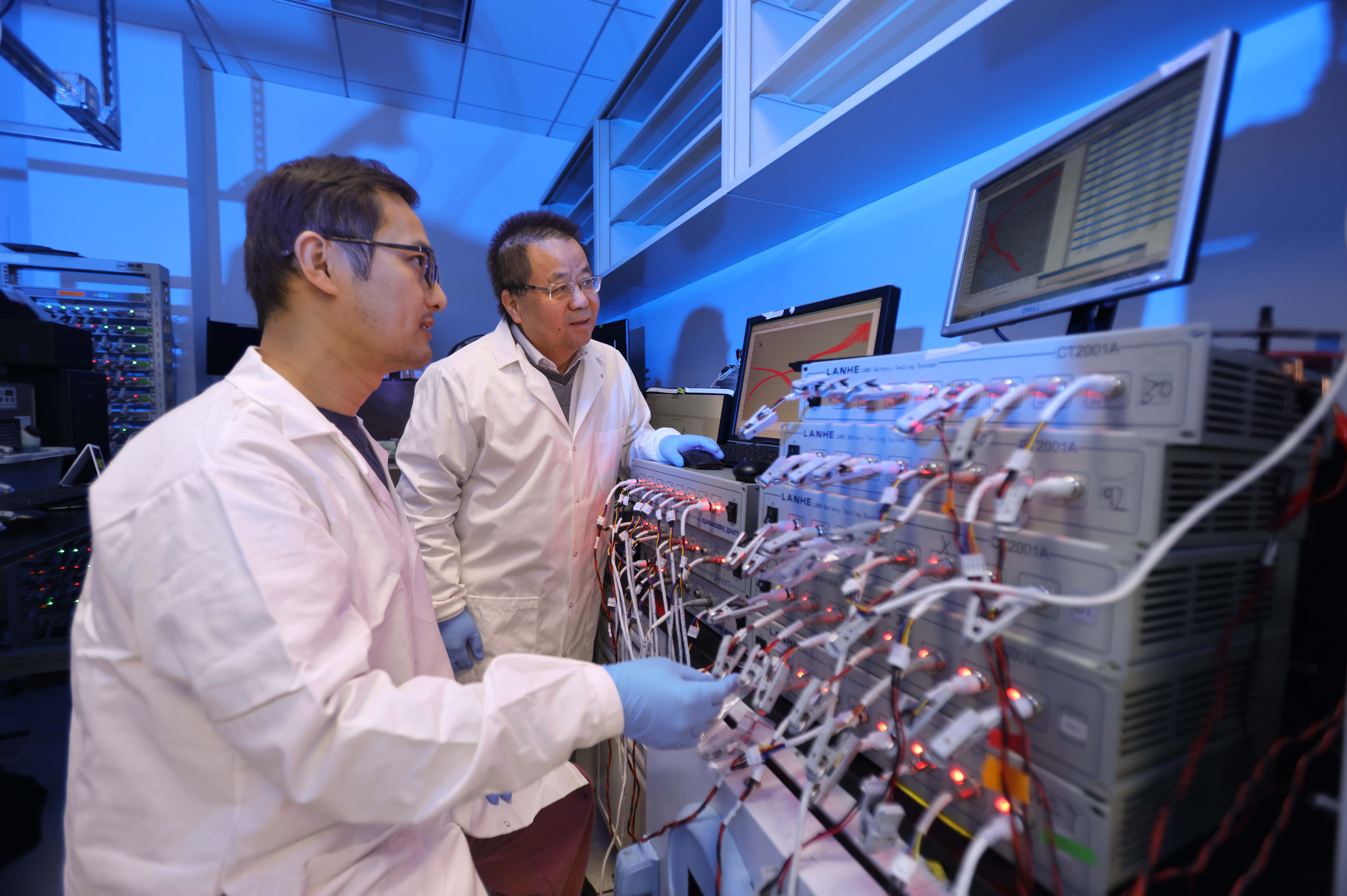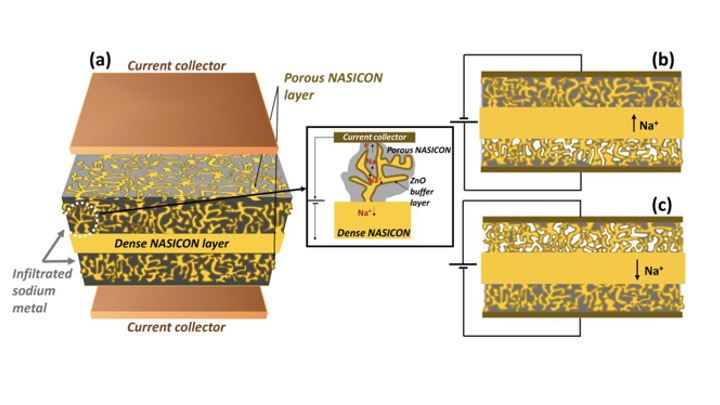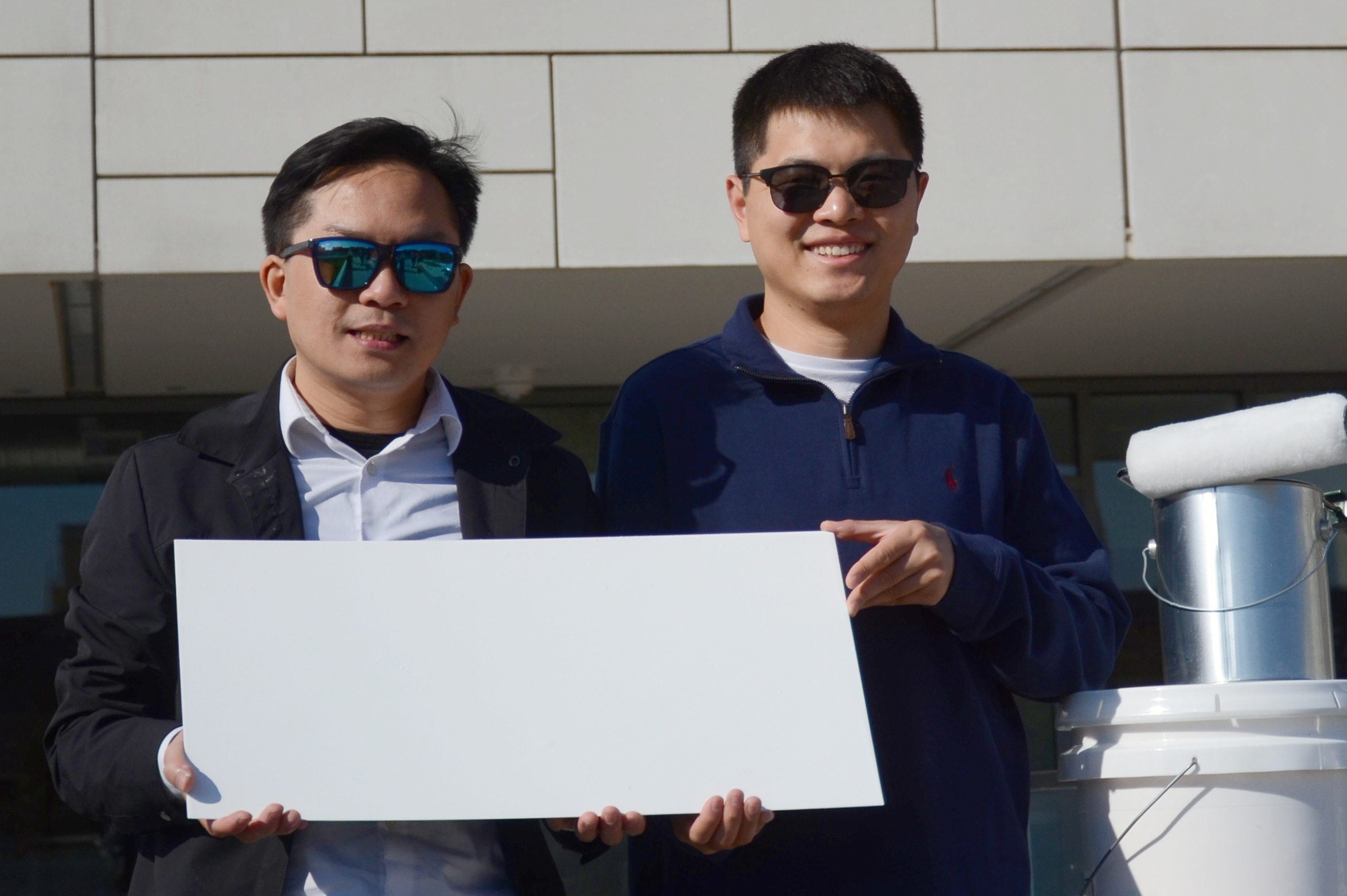News Story
Light-Sensing Memory, Sensor Devices Unleashed Via Pioneering Materials Design

A new blend of naturally-occurring components used in responsive materials could spur low-power wearable sensor and memory devices that can respond to light stimuli.
A recent discovery by Professor Shenqiang Ren’s research team in the Department of Materials Science and Engineering (MSE) could unveil low-power sensors and semiconductors that can be altered using light. His work was published in the Proceedings of the National Academy of Sciences in the United States of America.
Powerful materials that respond to electric and magnetic forces, known as “multiferroic,” are used in sensors and memories due to their ability to process external stimuli. Building on conventional technologies, Ren’s team designed new materials that can also respond to light—holding easy-to-make prospects for electronic devices with low energy requirements.
The process is simple: organic ingredients, such as carbon, hydrogen and nitrogen, are assembled in low-temperature environments and crystallized in solution.
These slightly dense, synthetically rich, flexible and relatively affordable materials are attractive candidates for wearable sensors and biomedical electronics, which the team published earlier this year in the journal Science.
Their invention, named “photo-induced multiferroic materials,” comes as the first material of its kind to respond to photo-induced stimuli.
“We merged light-matter interaction with multiferroicity to open up a brand new field: photo-induced multiferroicity. This discovery could unleash a next generation of ultra low-power sensor electronics,” said Ren.
His work was a collaborative effort with MSE Postdoctoral Associate Zhongxuan Wang, the first author of the study, and Taylor Woehl, an associate professor in the Department of Chemical and Biomolecular Engineering, who contributed to high-resolution microscopy characterization.
Published May 3, 2024









